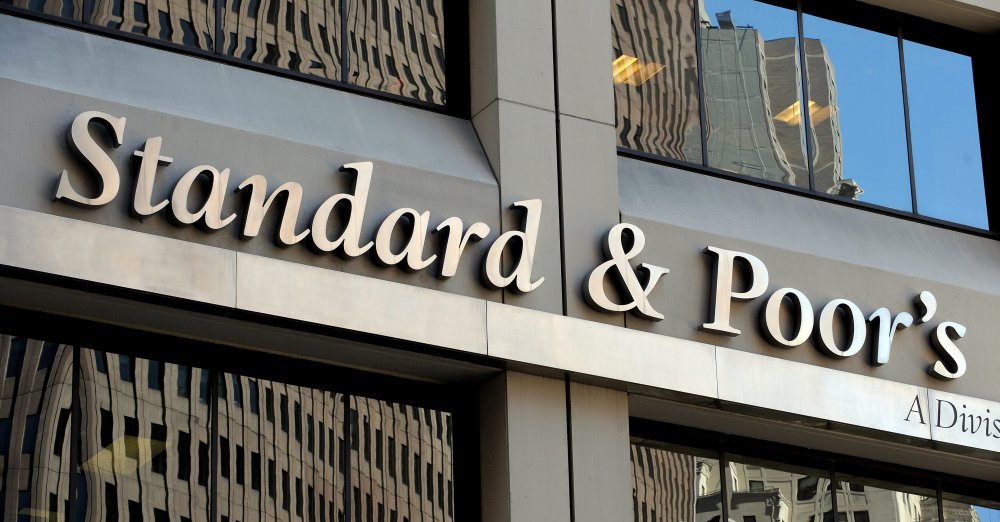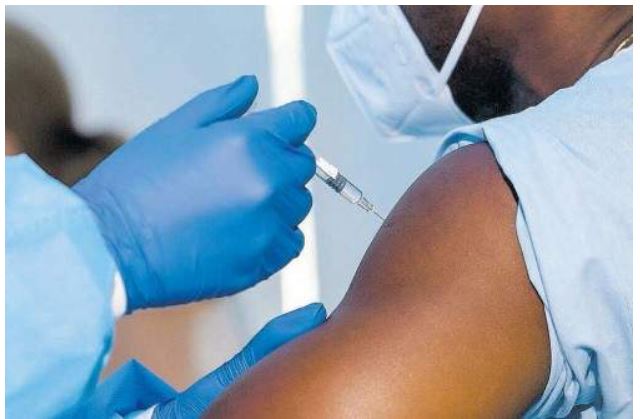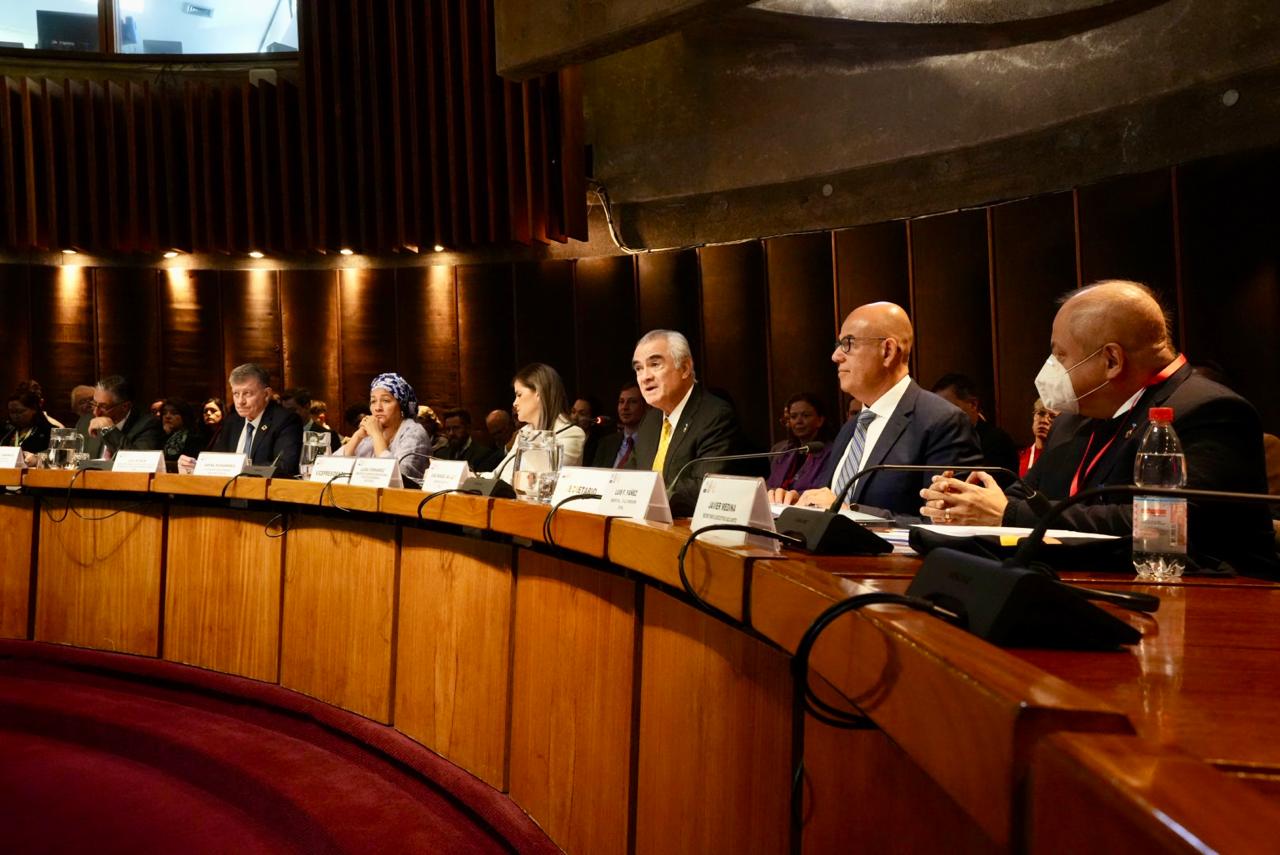Barbados’ credit worthiness took a big leap up out of default territory as a credit ratings agency on Wednesday lifted its foreign currency ratings by six notches.
New York-based Standard and Poor’s (S&P) raised its long- and short-term foreign currency ratings to ‘B-/B’ from ‘SD/SD’ and assigned its ‘B-‘ foreign currency issue rating to foreign currency debt delivered in the exchange.
S&P also affirmed its ‘B-/B’ long- and short-term local currency sovereign credit ratings and ‘B-‘ issue-level rating on Barbados’ long-term local currency debt.
Government exchanged over $1 billion (US$531 million) in new 2029 bonds and $64 million (US$32 million) in past due interest bonds to holders of its US dollar bonds that have been in default since 2018, of which about $1.3 billion (US$677 million), plus accrued interest, was outstanding.
This exchange will apply to holders of Barbadian English law-governed U.S. dollar bonds, certain Barbados law-governed US dollar bonds, and a US-dollar loan agreement.
S&P also issued a stable outlook, saying this “balances the administration’s strong mandate to implement broad fiscal and macroeconomic reforms with the political and economic challenges of doing so”.
The ratings agency said it expected multilateral lending institutions would continue to commit and disburse financial and technical assistance to Barbados, which would also support Government’s mandate.
“We expect over the next 12-18 months the Government will continue to implement policies that achieve fiscal consolidation and instill institutional safeguards, while strengthening macroeconomic stability,” said S&P.
It pointed out that failure to meet fiscal and debt targets over the next year could weaken investor confidence and result in a loss of official capital inflows, adding that this outcome could place renewed pressure on the country’s foreign exchange reserves and reduce funding sources.
“Under this scenario of diminished liquidity, we could lower the ratings,” S&P warned.
On the other hand, S&P said it could raise the ratings over the next year should the Government adhere to its ambitious fiscal targets and reform agenda, which could strengthen investor confidence and contribute to improved gross domestic product growth prospects.
“Higher economic growth would facilitate a reduced debt burden, which, together with an expectation of continued access to official funding, could lead us to raise the rating,” it added.
In response to the news from Nairobi on her African tour, Prime Minister Mia Mottley led the administration’s chorus of approval tonight: “We are certainly moving in the right direction.
“I want to congratulate the Barbadian people for pulling together and making the necessary adjustments and sacrifice to put us all on the right path to sustainability.
“We are not yet where we need to be but if we stay the course and if we focus on adding value in all that we do and on growth, I have every confidence we will make it and reverse the impact of the lost decade.
“We can return the country to investment grade and continue to build people’s confidence in all that we are doing.”
The Government’s IMF senior advisor, Dr Kevin Greenidge described the scale of the upgrade as “quite an achievement for Barbados, especially since the BERT (Barbados Economic Recovery and Transformation) programme was only a year old”.
He said: “The upgrade sends a strong statement that BERT is working and speaks to the strength of the adjustment program and reforms being undertaken.
“The report from S&P speaks to the outlook being ‘stable’ as opposed to ‘negative’ a year ago, and is indicative of the government’s commitment to continue to implement policies that achieve fiscal sustainability.
“Indeed, the report states that if the government adheres to its ambitious fiscal targets and reform agenda, then it can expect further upgrades over the next year.”
Dr Greenidge attributed the upgrade to the conclusion of the external debt restructuring, adding that it will be major trigger for growth.
“In general, the upgrade of such a large magnitude is an indication to the world that Barbados is back. It serves to further reduce uncertainty and improve prospects for investment, which augurs well for growth.”
Minister in the Ministry of Economic Affairs and Investment Marsha Caddle also weighed in on the positive rating, saying the six-notch upgrade by Standard & Poor’s marks a critical juncture in the island’s economic recovery.
She declared: “Having spent ten years spiralling down to the lowest credit rating we have in one day climbed six notches. In just 18 months we are half of the way back to investment grade.
“We have achieved this in part through our debt restructuring which has brought our debt to GDP down from 176 per cent to 118 per cent.
“This reduction was necessary to save the dollar. It was necessary, too, to provide the space for us to honour our commitments to invest in education and training, in a better hospital and polyclinics, in higher non-contributory pensions, in paying back the arrears and reducing taxes on work.”
She too gave credit to the Government’s debt restructuring exercise saying while it was a complex and difficult exercise, it was executed with precision.
Caddle said: “In bond exchanges, where an issuer normally needs an acceptance of 75 per cent of bondholders, issuers have historically achieved around 88 per cent.
“In the Barbadian external bond exchange this month we achieved acceptance by 92.6 per cent of holders of our Eurobonds and in other bonds we got 100 per cent.
“This level of support from our international creditors echoes the degree of support all Barbadians have given to the task of recovery and transformation.
“It is this solidarity that makes transformation possible and is the best predictor of its success. Barbadians know this. We stay the course.”
The S&P upgrade comes just a day shy of a week after regional credit ratings agency Caribbean Information and Credit Rating Services Ltd (CariCRIS) lifted its foreign currency sovereign debt rating out of default territory.
The Port of Spain-based agency said it had removed its CariD (Default) Regional Scale Foreign Currency Rating.
S&P said it believed the debt exchange would be the final resolution of Barbados’ foreign currency default that began in June 2018, when Government immediately suspended all debt payments after coming to office at the end of May.
“At the same time, we believe that the near-term litigation risk to future debt service posed by non-consenting creditors is limited,” said S&P.
“In addition to some immediate debt cancellation, the new bonds extend the previous debt maturities of between 2018 and 2022, to 2029, and with a 6.5 per cent interest rate, contribute to a reduced government interest burden.
Pointing out that the island’s growth rate has been low since 2008, S&P said it was expecting “muted growth” over the next year as Government continued its ambitious Barbados Economic Recovery and Transformation programme.
S&P said: “Although we expect foreign exchange reserve levels will strengthen on the back of official and private investment inflows, we believe that external liquidity will remain a credit weakness, which limited market access will exacerbate following the Government’s 2018 defaults.
“The Government’s plans for increasing foreign exchange reserve levels, end dependence on central bank financing of the central government, and reforms to central bank regulation should improve confidence in Barbados’ exchange-rate regime.
“However, we expect it will take time to strengthen the credibility and effectiveness of the country’s monetary policy.” (Barbados TODAY)




